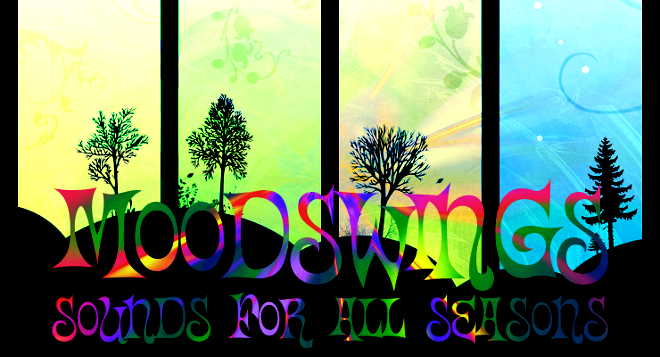Howard Devoto had the foresight to promote two infamous Sex Pistols concerts in Manchester, and his vision was no less acute when he left Buzzcocks after recording Spiral Scratch. Possibly sensing the festering of punk's clichés and limitations, and unquestionably not taken by the movement's beginnings, he bailed — effectively skipping out on most of 1977 — and resurfaced with Magazine. Initially, the departure from punk was not complete. "Shot by Both Sides," the band's first single, was based off an old riff given by Devoto's Buzzcocks partner Pete Shelley, and the guts of follow-up single "Touch and Go" were rather basic rev-and-vroom. And, like many punk bands, Magazine would likely cite David Bowie, Iggy Pop, and Roxy Music. However — this point is crucial — instead of playing mindlessly sloppy variants of "Hang on to Yourself," "Search and Destroy," and "Virginia Plain," the band was inspired by the much more adventurous Low, The Idiot, and "For Your Pleasure." That is the driving force behind Real Life's status as one of the post-punk era's major jump-off points. Punk's untethered energy is rigidly controlled, run through arrangements that are tightly wound, herky-jerky, unpredictable, proficiently dynamic. The rapidly careening "Shot by Both Sides" (up there with PiL's "Public Image" as an indelible post-punk single) and the slowly unfolding "Parade" (the closest thing to a ballad, its hook is "Sometimes I forget that we're supposed to be in love") are equally ill-at-ease. The dynamism is all the more perceptible when Dave Formula's alternately flighty and assaultive keyboards are present: the opening "Definitive Gaze," for instance, switches between a sci-fi love theme and the score for a chase scene. As close as the band comes to upstaging Devoto, the singer is central, with his live wire tendencies typically enhanced, rather than truly outshined, by his mates. The interplay is at its best in "The Light Pours out of Me," a song that defines Magazine more than "Shot by Both Sides," while also functioning as the closest the band got to making an anthem. Various aspects of Devoto's personality and legacy, truly brought forth throughout this album, have been transferred and blown up throughout the careers of Momus (the restless, unapologetic intellectual), Thom Yorke (the pensive outsider), and maybe even Luke Haines (the nonchalantly acidic crank).
1. Definitive Gaze
2. My Tulpa
3. Shot by Both Sides
4. Recoil
5. Burst
6. Motorcade
7. The Great Beautician in the Sky
8. The Light Pours out of Me
9. Parade
Bonus Tracks
10. Shot by Both Sides (Original Single Version)
11. My Mind Ain't So Open
12. Touch and Go
13. Goldfinger
2. My Tulpa
3. Shot by Both Sides
4. Recoil
5. Burst
6. Motorcade
7. The Great Beautician in the Sky
8. The Light Pours out of Me
9. Parade
Bonus Tracks
10. Shot by Both Sides (Original Single Version)
11. My Mind Ain't So Open
12. Touch and Go
13. Goldfinger















































